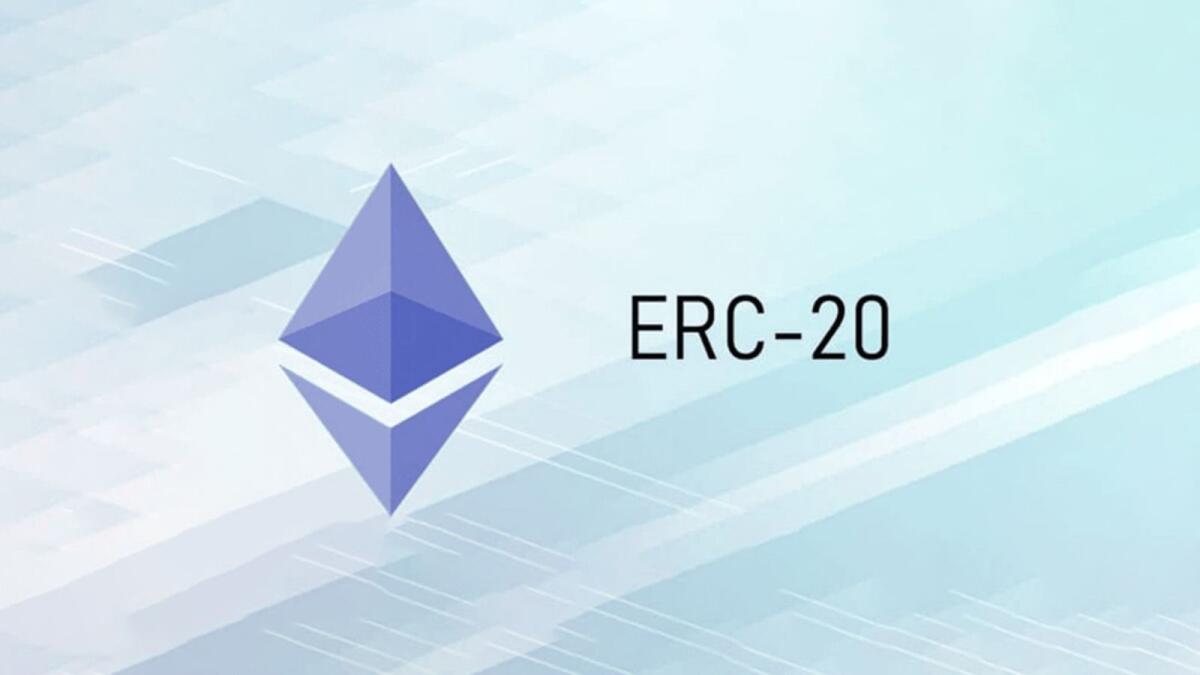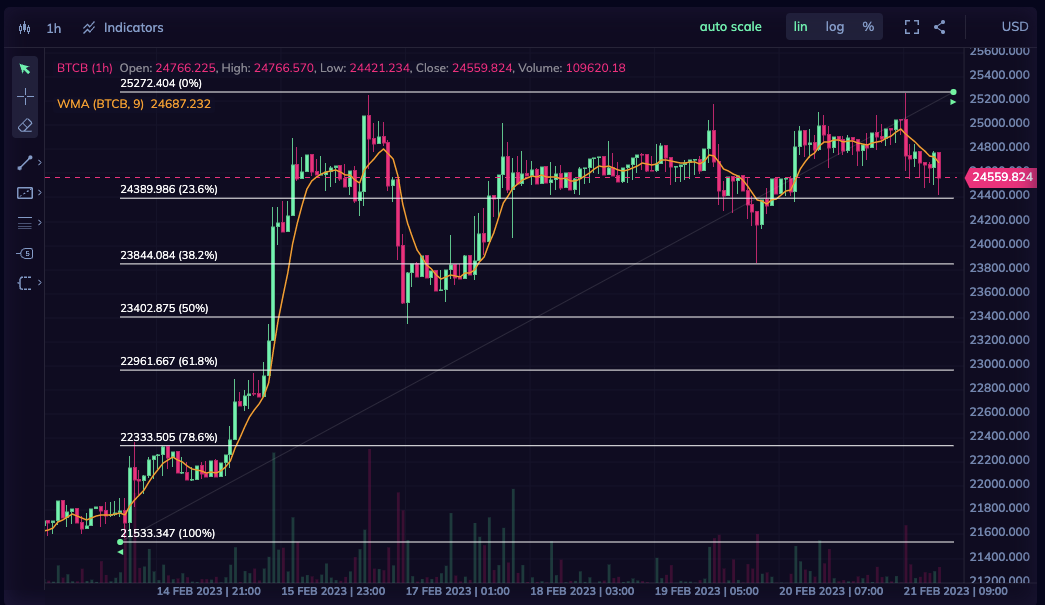What is ERC-20?
The ERC-20 standard is a technical standard used for the implementation of smart contracts on the Ethereum blockchain.

ERC-20 is a technical standard used for the implementation of smart contracts on the Ethereum blockchain. The standard defines a set of rules and guidelines for creating and managing tokens on the Ethereum network. In this article, we will define what the ERC-20 standard is, discuss its history and evolution, provide examples of its use, and explore its benefits and limitations.
Definition
The ERC-20 standard is a technical standard used for the implementation of smart contracts on the Ethereum blockchain. The standard defines a set of rules and guidelines for creating and managing tokens on the Ethereum network. Tokens created using the ERC-20 standard are known as ERC-20 tokens.
History and Evolution
The ERC-20 standard was introduced in 2015 by Ethereum developer Fabian Vogelsteller. Since then, it has become the most widely used standard for creating and managing tokens on the Ethereum network. The standard has undergone several updates and improvements over the years, including the introduction of the ERC-223 and ERC-777 standards.
Examples
- USDT: The USDT stablecoin, which is pegged to the US dollar, is an example of an ERC-20 token.
- BAT: The Basic Attention Token (BAT), which is used in the Brave browser to reward users for viewing advertisements, is also an ERC-20 token.
Benefits
- Interoperability: The ERC-20 standard allows tokens to be easily transferred and traded on the Ethereum network, which enhances interoperability and liquidity.
- Compatibility: ERC-20 tokens are compatible with a wide range of wallets and exchanges, which makes them easy to use and trade.
- Standardization: The ERC-20 standard provides a set of rules and guidelines for creating and managing tokens on the Ethereum network, which enhances standardization and reduces complexity.
Limitations
- Lack of flexibility: The ERC-20 standard is not designed to support complex token structures or functionality, which can limit the capabilities of ERC-20 tokens.
- Smart contract risks: ERC-20 tokens are created using smart contracts, which can be vulnerable to security risks and attacks.
Conclusion
In conclusion, the ERC-20 standard is a technical standard used for the implementation of smart contracts on the Ethereum blockchain. The standard defines a set of rules and guidelines for creating and managing tokens on the Ethereum network, and tokens created using the standard are known as ERC-20 tokens. The ERC-20 standard has become the most widely used standard for creating and managing tokens on the Ethereum network, and it provides benefits such as interoperability, compatibility, and standardization. However, it also has limitations such as lack of flexibility and smart contract risks. As the Ethereum network continues to evolve, new standards and improvements are likely to emerge to address these limitations and to enhance the capabilities of tokens on the network.




